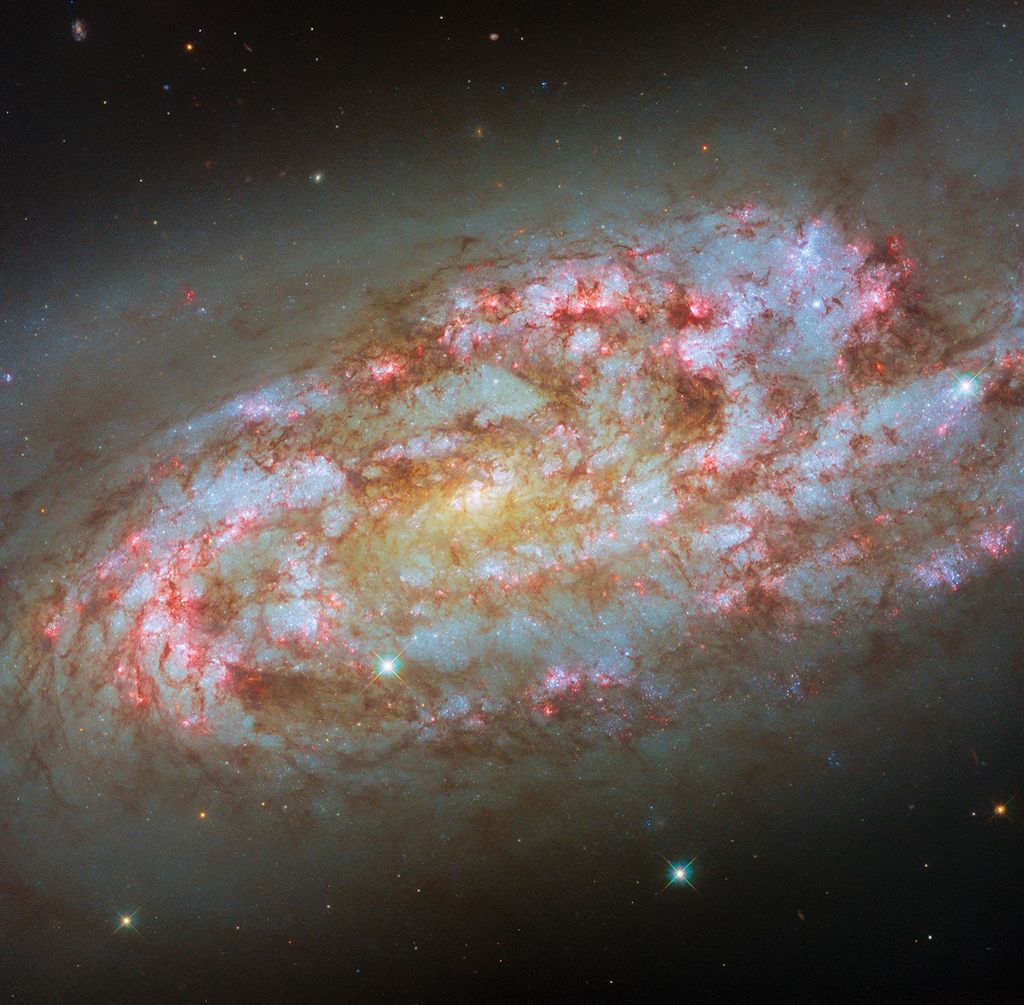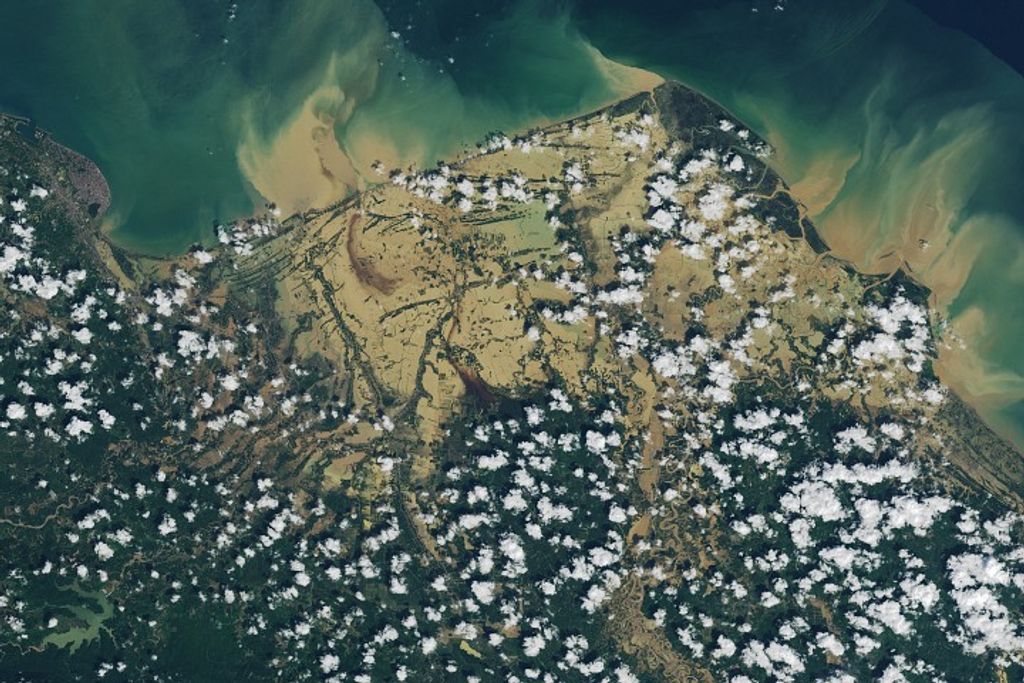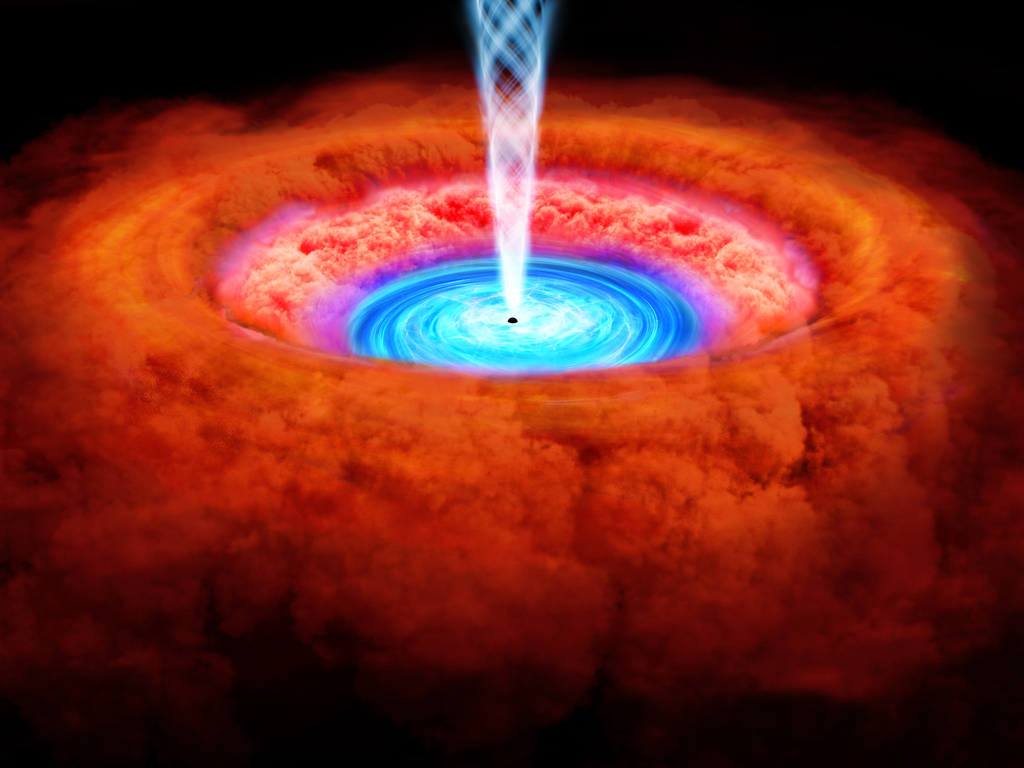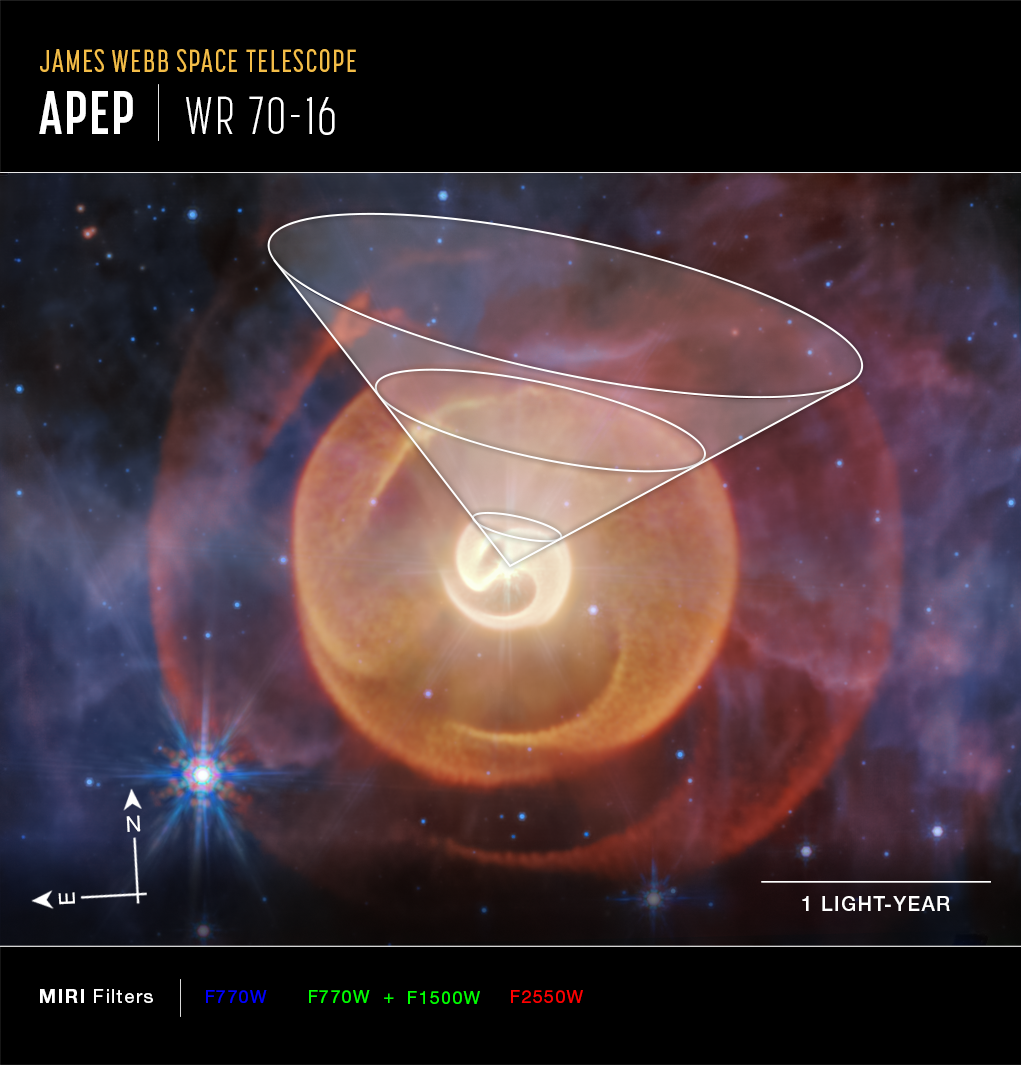1 min read
Wolf-Rayet Apep Visualization
This scientific visualization models what three of the four dust shells sent out by two Wolf-Rayet stars in the Apep system look like in 3D based on mid-infrared observations from NASA’s James Webb Space Telescope. Apep is made up of two Wolf-Rayet binary stars that are orbiting together with a third supergiant star. For 25 years during every 190-year orbit, the Wolf-Rayet stars’ winds collide, producing and sending out new waves of amorphous carbon dust. The width of the widest bubble is at least 4.6 light-years across.
- Release DateNovember 19, 2025
- Science ReleaseWebb First to Show 4 Dust Shells ‘Spiraling’ Apep, Limits Long Orbit
- CreditImage: NASA, ESA, CSA, STScI; Simulation: Yinuo Han (Caltech), Ryan White (Macquarie University); Visualization: Christian Nieves (STScI); Image Processing: Alyssa Pagan (STScI)
Related Images & Videos

Wolf-Rayet Apep (MIRI Image)
Webb’s mid-infrared image shows four coiled shells of dust around a pair of Wolf-Rayet stars known as Apep for the first time. Previous observations by other telescopes showed only one. Webb’s data also confirmed that there are three stars gravitationally bound to one another.
Share
Details
Laura Betz
NASA’s Goddard Space Flight Center
Greenbelt, Maryland
laura.e.betz@nasa.gov



























